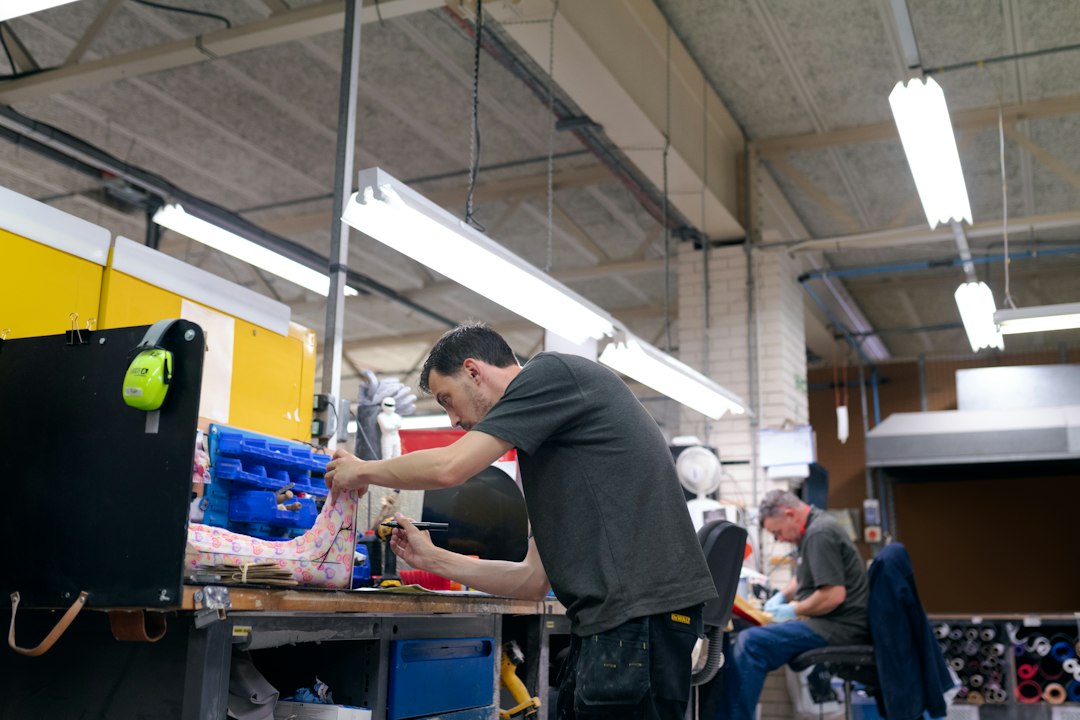In today’s competitive world, efficiency is the key to success in the manufacturing industry. Manufacturers constantly strive to find ways to increase their productivity and reduce costs. With advancements in technology and automation, achieving efficiency in the manufacturing process has become more achievable than ever before. In this blog post, we’ll discuss some key strategies and tips to help manufacturers boost productivity and maximize efficiency.
1. Streamline workflow: One of the first steps towards increasing efficiency is to evaluate and streamline the workflow. Identify any bottlenecks or areas where processes can be improved. This might involve rearranging workstations, optimizing the layout, or implementing a lean manufacturing system. The goal is to eliminate any unnecessary steps or movements, reduce production time, and enhance overall flow.
2. Implement automation: Investing in automation technologies is a surefire way to enhance efficiency. Automated machinery and robots can perform repetitive tasks with precision and speed, reducing the risk of human errors and freeing up workers to focus on more complex tasks. Automated systems can also provide real-time data and analytics, enabling manufacturers to identify areas for improvement and make data-driven decisions.
3. Embrace lean manufacturing principles: Adopting lean manufacturing principles can significantly improve efficiency. This methodology emphasizes eliminating waste, maintaining a well-organized production line, and continuously improving processes. Lean manufacturing techniques such as just-in-time production, value stream mapping, and Kanban systems can eliminate excess inventory, save time, and minimize costs.
4. Invest in training and skill development: The efficiency of a manufacturing process heavily relies on a skilled and knowledgeable workforce. Offering regular training programs to employees can help enhance their skills and keep them up to date with the latest technologies and techniques. This will not only improve overall productivity but also boost employee morale and job satisfaction.
5. Improve communication and collaboration: Effective communication and collaboration are essential for a streamlined and efficient manufacturing process. Encouraging open communication channels among team members, departments, and even suppliers can help avoid misunderstandings, improve coordination, and prevent delays. Regular meetings and feedback sessions can help address any issues that may arise and ensure everyone is aligned towards achieving common goals.
6. Utilize data analytics: Leveraging data analytics can lead to significant efficiency gains in the manufacturing process. Collecting and analyzing data from various sensors, machines, and production lines can provide valuable insights into performance, quality control, and the identification of areas for improvement. Manufacturers can utilize this information to make informed decisions, optimize production schedules, and implement preventive maintenance measures.
7. Continuously monitor and optimize: Efficiency in manufacturing is an ongoing process. Regularly monitoring performance metrics and analyzing key indicators can help identify any deviations from the expected standards. By consistently monitoring and measuring performance, manufacturers can quickly identify areas that need improvement and implement optimization strategies to boost efficiency.
In conclusion, increasing efficiency in the manufacturing process requires careful planning, continuous evaluation, and strategic investments in technology and workforce development. Streamlining workflow, embracing automation, adopting lean principles, and leveraging data analytics are all crucial steps towards achieving optimal efficiency. By prioritizing efficiency, manufacturers can maximize output, reduce costs, and stay competitive in today’s rapidly evolving marketplace.
